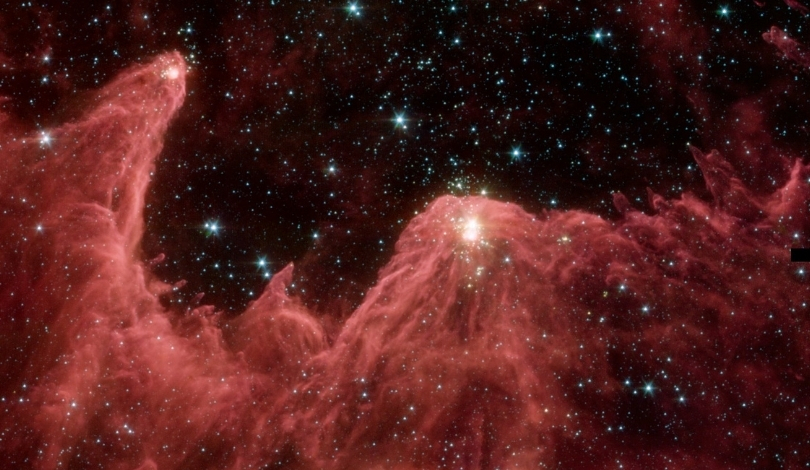The iconic Arecibo Observatory, once the world’s largest radio telescope, ceased operations following a catastrophic collapse in December 2020. This monument to scientific discovery, located in Puerto Rico, played a pivotal role in numerous astronomical breakthroughs before its untimely demise. Its transformation into an educational center promises to continue its legacy in a new form.
Earlier reports primarily attributed the Arecibo Observatory’s collapse to sudden cable failures and external factors like hurricanes. However, the latest findings emphasize long-term infrastructural weaknesses and material degradation, providing a more comprehensive understanding of the failure mechanisms.
Causes Behind the Collapse
The official investigation revealed that the telescope’s infrastructure had been compromised over time. Prolonged zinc creep-induced deterioration in the cable sockets weakened the support system, making it susceptible to collapse. Additionally, Hurricane Maria had inflicted prior damage, exacerbating the vulnerabilities of the observatory’s structure.
Investigation Findings
The Committee on Analysis of Causes of Failure highlighted that after Hurricane Maria struck in September 2017, inspections did not detect significant structural damage. Despite ordered repairs, misdirected efforts focused on non-critical components, failing to address the fundamental issues that led to the eventual collapse.
“Maria subjected the Arecibo Telescope to winds of between 105 and 118 mph, with the source of this uncertainty in wind speed discussed below. Based on a review of available records, the winds of Hurricane Maria subjected the Arecibo Telescope’s cables to the highest structural stress they had ever endured since it opened in 1963.”
Future of the Observatory
Moving forward, the National Science Foundation announced plans to repurpose the site into Arecibo C3, an educational hub focusing on Science, Computing, and Community. This initiative aims to preserve the site’s scientific heritage while fostering new educational opportunities.
“While the observatory’s long history of radio astronomy may have ended, it will carry on as a STEM research center, and its legacy will endure.”
The collapse of the Arecibo Observatory serves as a cautionary tale about the importance of maintaining critical scientific infrastructure. The detailed report underscores the need for regular and thorough inspections to prevent similar tragedies in the future. As Arecibo C3 begins its journey, it embodies the resilience and enduring spirit of scientific pursuit, ensuring that the contributions of the observatory continue to inspire future generations.










